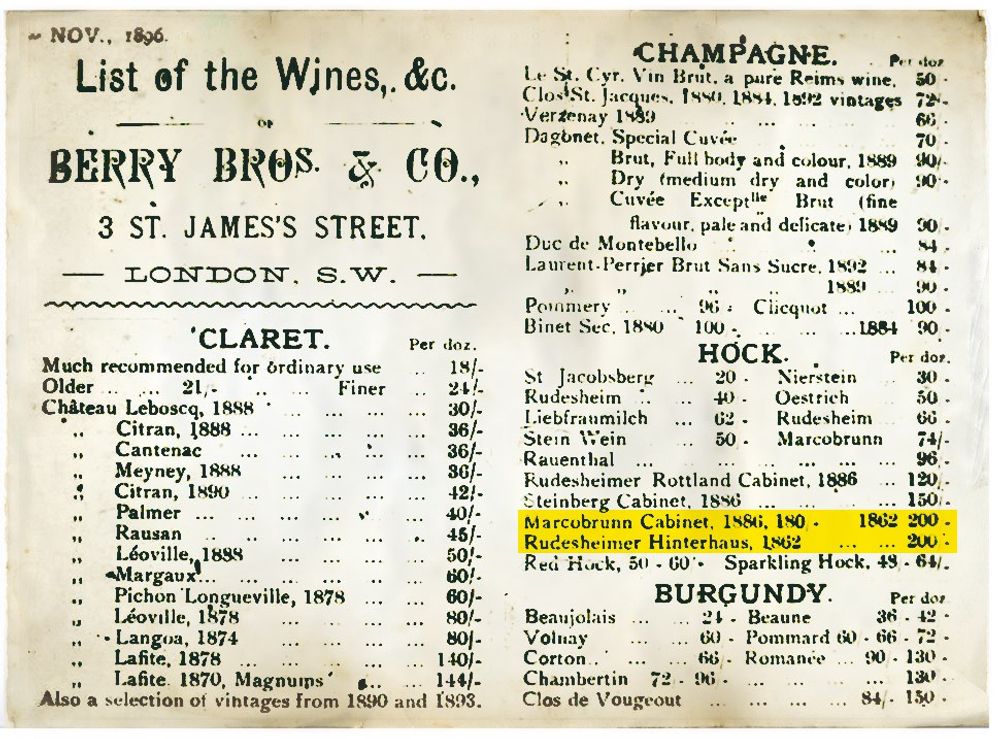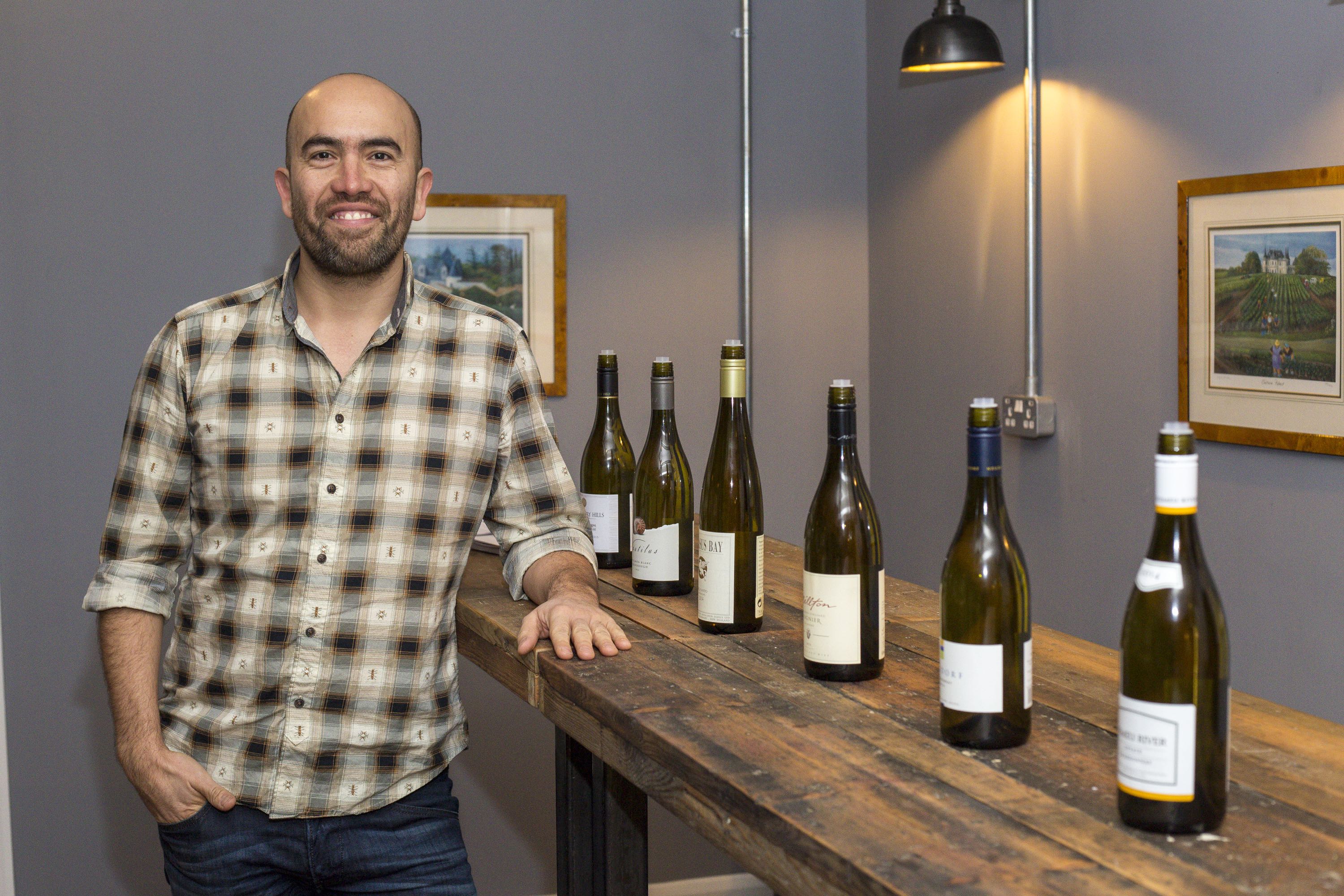Raul Diaz goes on a voyage of discovery of some of Germany’s most prestigious and terroir-driven wines and how he hopes to bring them to more UK buyers in his role as ambassador for the VDP.
The Verband Deutscher Prädikatsweingüter (VDP) is the oldest national association of premium wine estates worldwide. It was founded in 1910 and today has 200 elite producers committed to creating top quality wines that each reflect the terroirs where they are grown. This a private organisation with strict rules determined by the VDP. Their logo is a very distinct stylised eagle bearing a cluster of grapes that guarantees hand-crafted wines of the highest quality from some of the finest wine estates of Germany. A quarter of the VDP production of wine is organic, with an intense and friendly collaboration between conventional and organic producers.
Membership is by invitation only — to those producers that have a long-term outstanding quality and that have been also recognised locally and internationally for their commitment to excellence. Every five years the producers are extensively checked and it is then possible to either join the VDP or to be demoted from the association.
Glorious past

Point of record: Berry’s wine lists are as much historical as a reflection of what wines were being bought and sold
The reputation of German white wines at the of the 19th century was immense. If we look at the famous English wine merchant, Berry Bros & Rudd’s wine list from 1896, the two most expensive wines are German. They easily surpassed Chateau Lafite and Chateau Margaux in price and it was common to see them as the top white wines. Even the most expensive bottle of wine that sunk with the Titanic was a German wine!
The golden era of German wines arguably came to an end with the two World Wars. After that period, it was incredibly challenging to recover the internal production of wine and also to actually sell the wines abroad. The Europeans were not buying wines like in the past, particularly the UK, and demand was well down.
However, the determination and passion for winemaking in Germany has proved to be stronger than the obstacles put in the way of its winemakers. None more so with the members of the VDP, which from 1984 onwards has taken significant steps to re-establish Germany as a top wine producing country.
For example in 2012, a new VDP classification system was created by its members, which at its heart meant the quality of any given wine is defined by its “terroir” and also by a set of quality criteria. It could be said that the VDP’s philosophy combines the best of the Burgundy and Bordeaux classification systems.
The four levels of the VDP classification
VDP.GUTSWEIN — Versatile hand crafted estate wines for everyday drinking. Light, refreshing and fruit-forward wine that showcase the winegrower’s style. Large production, entry level. Regional wine.
VDP.ORTSWEIN — Wines with regional roots. Accessible wine that highlight a village’s singular taste of place using typical grape varieties from the region. Food friendly. Village wine.
VDP.ERSTE LAGE — Premium German wine. Sophisticated, terroir-influenced wine with significant ageing potential using only traditional grape varieties. Premier Cru wine.
VDP.GROSSE LAGE — Grand wines from great vineyards. The essential expression of a singular site. Complex wine with an enormous ageing potential using only traditional grape varieties. Grand Cru wine.
Becoming a VDP ambassador

Raul Diaz taking part in the VDP ambassador programme
I received an invitation from the VDP to join its ambassador programme a couple of months ago. It was a real privilege to join a select group of only 10 wine educators from all over the world including a MW and a MS. The ambassador programme involves an intense four days of activities including very inspiring lectures from my talented friend Romana Echensperger MW, and visits to vineyards and wineries in the Ahr, Rheingau, MittelRhein, Rheinhessen. Not to mention a 2 star Michelin-starred dinner cooked by the celebrity chef Hans-Stefan Steinheuer, and an award ceremony where I received my honorary medal as VDP ambassador, and a special VDP wine trade fair featuring producers from all 13 wine regions of Germany.
Superb quality

The quality of wines tasted throughout the programme was excellent
The quality of the wines I tasted across my four days was incredible. From the 120 plus wines I tasted as part of my Ambassador Programme, which included a number of superb Rieslings (plus Spätburgunder, Weissburgunder, Grauburgunder, Silvaner and some other grapes) through to the ones tasted during the VDP wine trade fair.
It was really inspiring to confirm how Riesling, the king of the white grape varieties, could still surprise me after all these years. Riesling is an exceptional grape variety for many reasons; great flexibility, fantastic acidity, and the capacity to express different terroirs with combinations of fruit character, ageing potential, and vast type of wine styles from dry to luscious.
Steep slopes
Spend time travelling around the key wine growing areas and you soon realise that after Riesling, the country’s most famous wine attribute is the steepness of the vineyards where its vines are grown. But as you climb up the hills, you start to have a better understanding of why German wines are so complex even at the entry level. The steep slopes provide the best environment for high quality wine growing. You can feel the temperature decreasing as you are going up the slopes, trying not to look down at the slope below. You really do wonder how they harvest the grapes.
It is also possible to see quite clearly the big influence soil plays on the style of grapes grown, and how the differences come through when you taste the wines.
You also get a sense of the country’s topography and role of the land taking a river cruise down the Rhine. You also get a safer view of how steep the vineyards look from the boat and how close they are to the river.
Selected wines
Here is my selection of top quality wines and producers that I would recommend checking out from my trip for your lists. Wine producers that are both making great wines on their own, but also by collaborating with other producers. I strongly suggest that you get a botttle of each one as soon as possible!
Reichsrat Von Buhl — www.von-buhl.de
Dr. Bürklin-Wolf — www.buerklin-wolf.de
Joh. Jos. Prüm — www.jjpruem.com
J. J. Adeneur — www.adenuer.de
Heid — www.weingut-heid.de
Bercher — www.weingutbercher.de
Battenfeld-Spanier — www.battenfeld-spanier.de
Matthias Müller — www.weingut-matthiasmueller.de
Fritz Haad — www.weingut-fritz-haag.de
Weingut Deutzerhof — www.deutzerhof.de
Weingut Jochen Ratzenberger — www.weingut-ratzenberger.de
Weingut Schloss Vollrads — www.schlossvollrads.com
- Raul Diaz runs his own consultancy, training and wine development businesses called, www.winetraining.co.uk.
































